The Downfall of Mandela's South Africa
The Riots in Durban
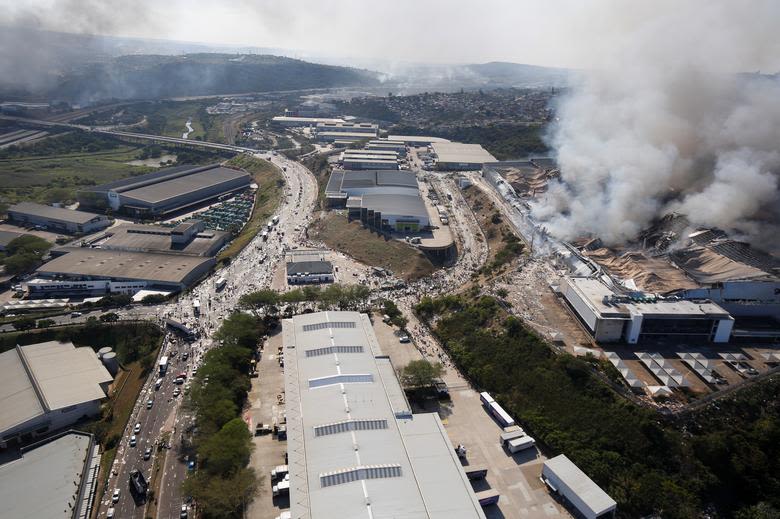
Three weeks ago South Africa saw riots on a scale not seen since the end of Apartheid nearly 28 years ago.
What started as a campaign to release former President Jacob Zuma from jail quickly turned into sheer violence on a provincial level with billions of Rand's worth of infrastructure and goods destroyed or looted.
Thousands of people have lost jobs with tens of thousands of small businesses being totally destroyed in the rioting leaving the local economy gasping for relief after nearly two years of damage from Covid.
So far 12 people have been linked to the incitement of the violence - many supporters of the former president - and this has raised questions about the stability of the ruling party and where its true allegiances lie.
The question remains, however, as to what led to the violence and how did South Africa go from a beacon of democratic hope under Mandela to a state of anarchy and destruction 27 years later?
Beginning of the End
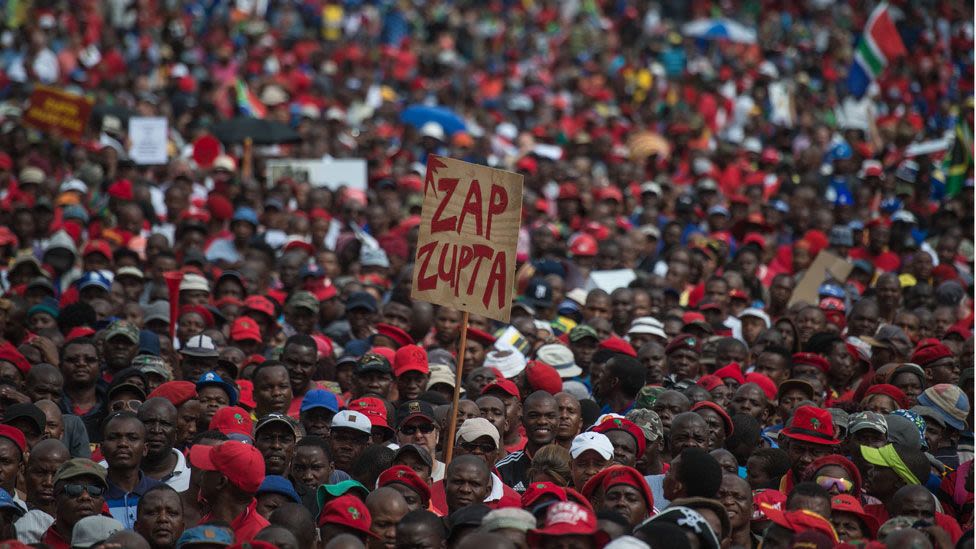
The end of the apartheid era in 1994 was hailed as the start of a truly free and democratic South Africa where everyone was equal and racial divisions were finally to be done away with after nearly 50 years of racial segregation.
The future seemed bright but 27 years since and South Africans see the highest level of unemployment since the early 2000s, is third in the world for worst levels of crime and has a debt to GDP ratio of 80.78% compared to only 51.4% nearly 5 years ago.
On top of these factors, the country is still one of the most unequal nations in the world according to the World Bank with a Gini coefficient of 0,65 in 2015.
According to the Palma Ratio, South Africa falls dead last for most unequal nation with only 10% of the population spending 8.6 times more than the bottom 40% in 2006.
In comparison the top three most equal nations of Ukraine, Norway and Slovenia have a ratio of less than 2.5.
South Africa post democracy was not always in the decline, however, with the country growing by an average of 3.243% between 1994 and 2010 and hit above 5% between 2005 and 2007 whereas between 2010 and 2020 the country saw it’s GDP slump year on year with only an average of 0.896% and hitting a massive low of -6.96% last year.
While many factors have played roles in the decay of South Africa’s economy numerous accounts of corruption, cronyism and mismanagement have been attributed with the main factors impacting the country’s worsening state.
Many of these issues have come to light in the past few years through the State Capture Inquiry which is looking into the allegations of state capture, corruption, fraud, and other allegations in the public sector including organs of state in South Africa.
Through the commission it has been revealed that major politicians had become involved with a wealthy family, the Gupta’s, which led to many instances of unethical conduct, all of most of which had happened under the presidency of Jacob Zuma.
Zuma himself was summoned to the commission to give evidence and testimony to the allegations but refused to cooperate citing the idea that political opponents were using the inquiry to purposefully implicate him in wrongdoing, all of which he vehemently denies.
This refusal to appear is where the decent into the chaos on 9 July set in motion the order of events that saw one of South Africa’s darkest days.
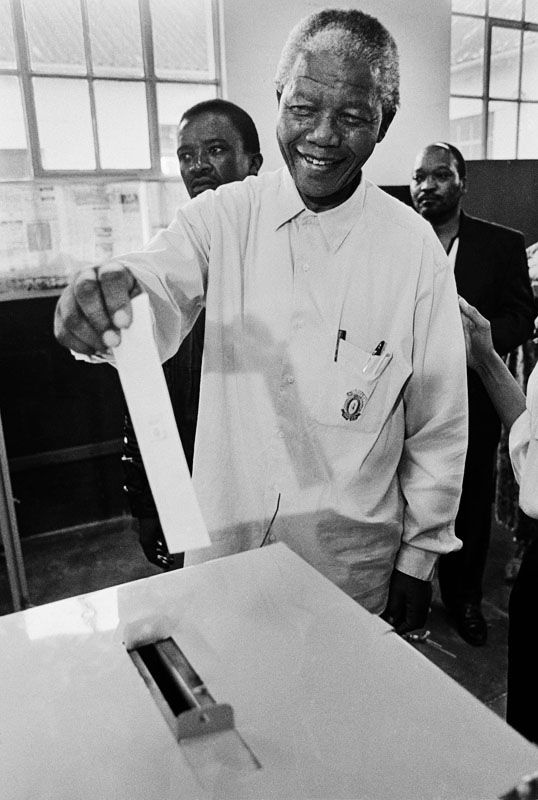
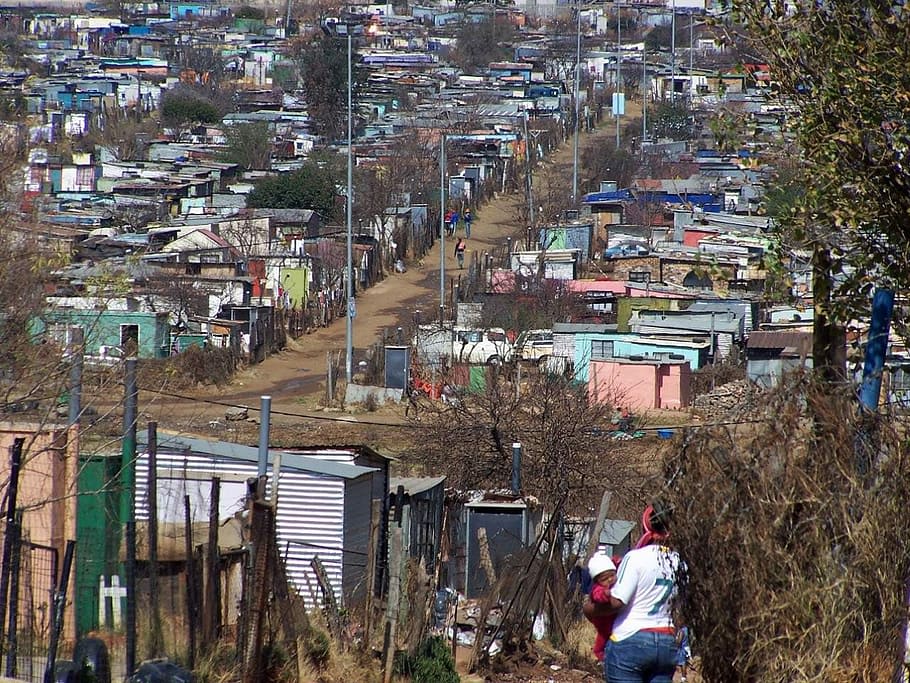
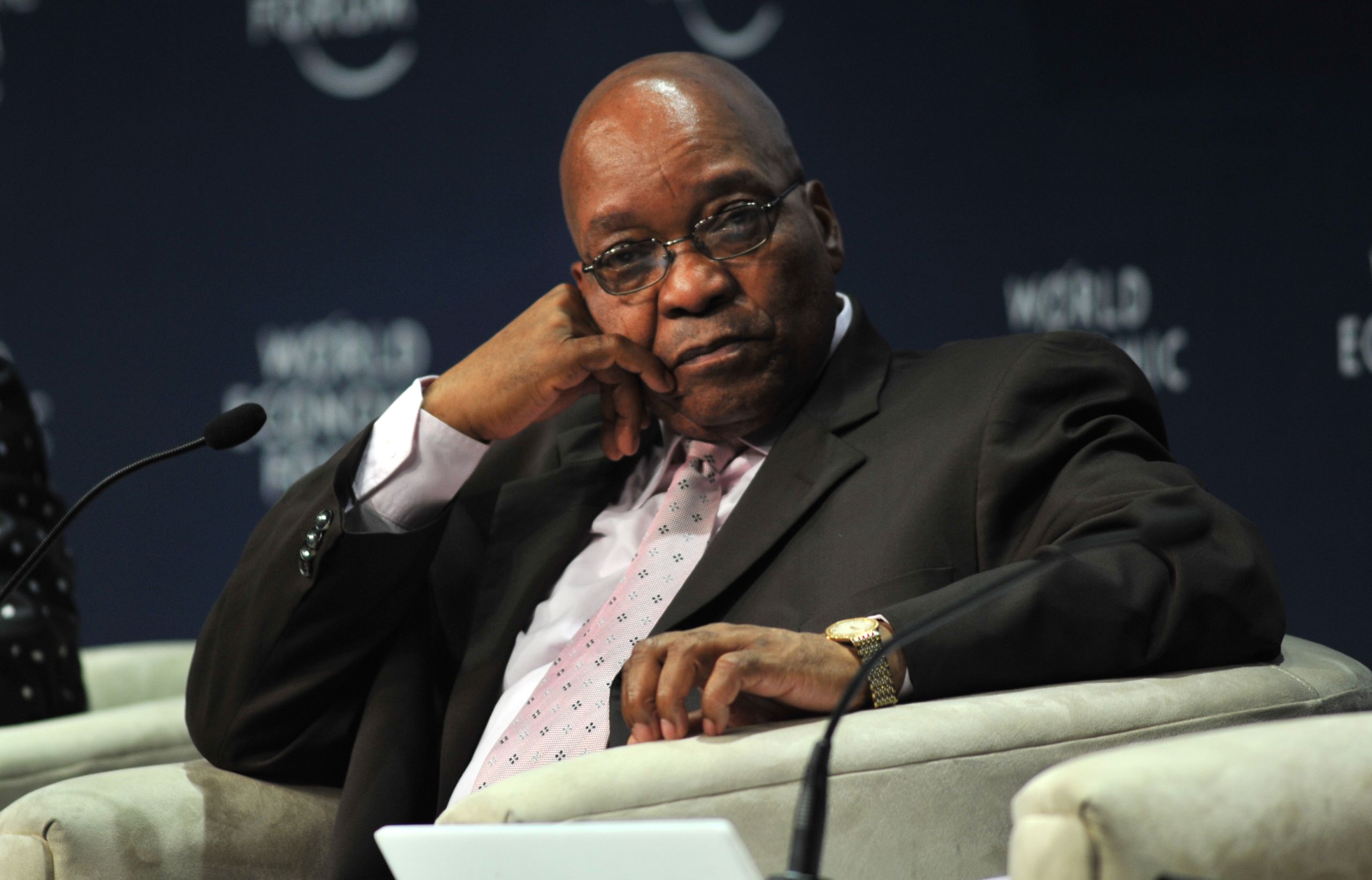
Decent into Chaos
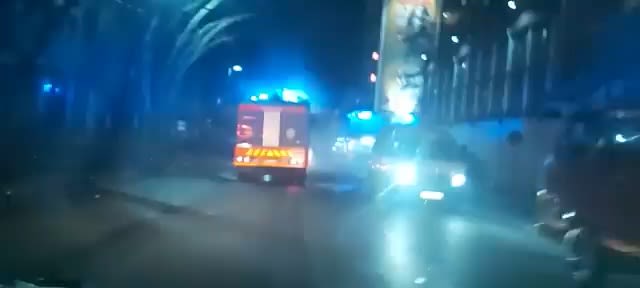
On 19 November 2020, Jacob Zuma set in motion a series of events that would culminate in both his arrest less than a year later and the eruption of widespread violence unseen since 1994.
The ex-president had been asked to the State Capture Commission to testify and offer his accounts as to the accusations put to him and his administration but after repeatedly defying summons and publicly making false corruption claims against the judiciary and the inquiry Mr Zuma walked out of the commission on 19 November refusing to give any testimony and demanding the Chairperson of the Commission, Raymond Zondo, recuse himself.
Immediately the commission made an application to the Constitutional Court, South Africa’s highest court, requesting that it force Zuma to testify at the commission while Zuma’s legal team made their own demand to have Zondo removed from his position and a new chair be appointed.
The Constitutional Court sided with the commission in January of this year, ordering Zuma to appear before the inquiry in February but the ex-president refused and defied the summons imposed.
After the Constitutional Court order, Zuma hit back at the judgment, saying he had no choice but to defy its instructions.
"I do not fear being arrested, I do not fear being found guilty nor do I fear being incarcerated," the former president said in a statement in response to the judgment.
Appeals by members of his own party and others for him to appear before Zondo failed but no one was sure what would happen next.
In the weeks that followed the Constitutional Court began proceedings against Mr Zuma to determine whether there were firm legal grounds to hold him in contempt for defying their order to appear before the commission.
On 29 June 2021, the country held its breath as the court ruled that Zuma was in contempt of court for not following their order and Acting Deputy Chief Justice Sisi Khampepe read out the courts decision which said that Zuma not only rejected the commission’s authority and refused to answer charges or mount a defence, he also wrote a 21-page letter to the chief justice of the constitutional court that charged that the corruption commission was “established to destroy the work that I did when I served my country as President.”
Zuma then essentially dared the court to jail him saying: "My imprisonment would become the soil on which future struggles for a judiciary that sees itself as a servant of the Constitution and the people rather than an instrument for advancing dominant political narratives,” which sounded to many ears like a threat that any judgment against him would trigger social unrest and perhaps violence in the country.
In response Justice Khampepe said: “The only appropriate sanction is a direct, unsuspended order of imprisonment. The alternative is to effectively sentence the legitimacy of the judiciary to inevitable decay."
The court ordered Zuma to hand himself over to authorities by 4 July to begin serving a 15 month sentence but missed the deadline resulting in a standoff between supporters and police and pushing the country into unchartered waters for the constitution.
After missing the deadline to turn himself over to the local police, hundreds more supporters from around the province of KwaZulu-Natal flocked to the disgraced leader’s home in Nkandla – a massive compound which was discovered in 2016 to have been paid for by the taxpayer for a total of £12.25 million – where they vowed to fight and die to ensure the former president was not arrested.
#ZumaArrest #JacobZuma ‘We are in a situation of war, corona or not, we don’t care about that right now’ - Edward Zuma. 🎥: @NkoRaphael pic.twitter.com/CPkJaISHs3
— EWN Reporter (@ewnreporter) July 7, 2021
Wearing a black shirt embroidered with ANC colours, a maskless Zuma defiantly addressed the crowd before breaking into his signature song, the liberation struggle anthem "Awlethu Mshini Wam," which translates to 'Bring me my machine gun.'
Emergency meetings were held between the top ANC officials to determine the next course of action with many of them meeting with Zuma himself to persuade him to hand himself over to ensure the stability of the region.
After the deadline was missed, the court ordered for Zuma’s arrest on Thursday, 8 July at midnight should he not hand himself over but fears of violent clashes with police made Minister of Police, Bheki Cele, reluctant to react until it was absolutely necessary.
He said: “As the SAPS [South African Police Service], the ministry... the national commissioner, we have [sought] better clarification.
"Are we waiting for the activities that are happening in court or [are] we [continuing with] the present instruction? So, we have time on that one. I don't think we need to rush."In the build up to Thursday, hundreds of officers from around the province as well as from Gauteng – nearly 300 miles away – were called up along with armoured vehicles and riot police in the anticipation of massive clashes with angered supporters.
On the final night, dramatic events unfolded as loyal supporters guarded and blocked the entrance to the homestead to anyone who tried to get through while inside it was reported that Zuma was in crisis meetings with lawyers, top ANC officials and family to determine his best case forward.
It was thought that the arrest of the former statesman was going to be bloody and violent but with 25 minutes to go, a convoy of protection officer vehicles along with Zuma rushed from the gates and sped into the night as the convoy of police made their way to the homestead.
#ZumaArrest #JacobZuma here’s a longer clip of his convoy leaving. 🎥: @NkoRaphael pic.twitter.com/GVe2whXrQZ
— EWN Reporter (@ewnreporter) July 7, 2021
With this move it was thought that violence had been averted with Zuma handing himself over 5 minutes before the deadline and beginning his 15 month sentence at Estcourt prison.
However, the arrest was to become a trigger of violence that spanned several days seeing billions of Rands destroyed and hundreds dead.
Two days after Zuma’s arrest, violence erupted in KwaZulu-Natal after his appeal to the Pietermaritzburg High Court was overturned.
Almost immediately mass scale looting began along with widespread malicious damage to property and the torching of trucks on one of South Africa’s main road routes for trade resulting in trucks being recalled and the transport of produce completely halted.
As the day progressed so too did the violence and destruction as the stretched-out police force darted across the province to quell the unrest resulting in 28 arrests by the end of Friday.
Many of the rioters and looters chanted their support for Zuma and claimed their actions was in response to his arrest and the call for his release but many questioned this motive as the destruction and looting increased with the weekend.
By Sunday evening multiple reports emerged of gunshots and explosions being heard at local malls and residential areas and by the morning of Monday, 12 July 2021, multiple companies and malls were forced to close.
“There were people in tears surrounding me and I couldn't help but shed a tear for their losses, it was really heart wrenching to see people feeling so helpless.”
Calvin Jackson and his family have lived in Durban all their lives and had recently moved their home contents into storage while they moved into a new home.
Calvin’s unit along with hundreds of others as well as other storage facilities were completely ransacked and destroyed in the chaos.
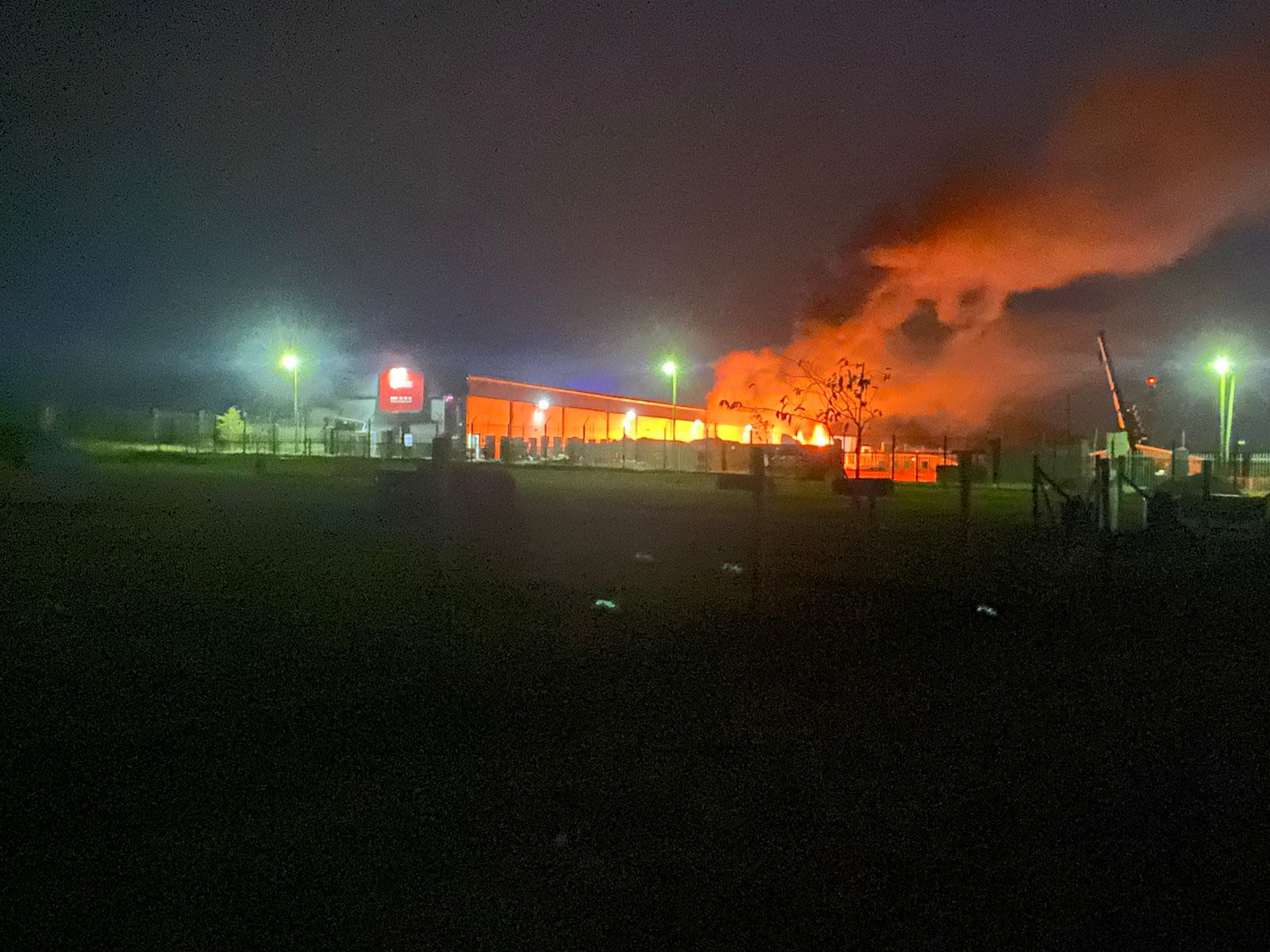
The storage warehouse where Calvin's belongings, along with many others, was destroyed.
The storage warehouse where Calvin's belongings, along with many others, was destroyed.
He said: “Nothing was left on our inspection of the premises, only burnt out cars, the remains of burnt photographs, a few invaluable items and scattered folk lifts, which were stolen from surrounding premises and assumed to be used in the removal of goods from the first floor.
“What had not been burnt or stolen, was intentionally damaged beyond repair.
“As I looked around for anything left, it was clearly visible that the looters had most likely turned on each other during the chaos, probably having fought over the stolen goods.
There were pools of blood found next to items that had been dropped and abandoned where they lay.”
Calvin’s experience was one shared with thousands of others as malls, warehouses, shops, banks and factories were all targets in the mayhem.
Sue Loader, manageress of Richdens Super Spar in Durban said that their liquor store had been targeted but the main food store was one of the lucky ones to have not been looted or destroyed.
She said: “On the Tuesday which is pensioners day, five managers opened to try and supply the elderly as they only shop once a week and had little or no food left, but some time after lunch another large crowd of looters were seen not far from the store so customers had to leave their shopping and quickly get out of the shop – this is where the store was affected.
“Perishables were left out the fridges and some customers took advantage of the chaos and stooped to stealing.
“Apart from the bottle store looting, we have lost a large amount of stock due to theft and damages, so many of our trolleys were taken to transport looted goods.”
Food, medicine, and petrol which are normally well stocked and freely available all became scarce as transport links were severed and warehouses looted and destroyed which left many struggling to find basic necessities like bread.
Sue continued: “The scramble to try and get food was bizarre, so many shelves were empty, no deliveries were being made, so most people, myself included, rushed off to buy whatever we could get our hands on.”
As the violence continued to go unchecked many people in their local communities began to band together to form neighbourhood watches setting up roadblocks and arming themselves with whatever they could find – some even with firearms.
Videos began to emerge show these groups engaging violently with looters and at times racially profiling people trying to freely get through.
#BreakingNews Citizens In South Africa have reacted to the civil unrest in the KwaZulu-Natal (KZN) and Gauteng province. By creating self-defense units that entail mainly armed middle-class men patrolling neighborhoods and businesses to defend against looters. #ZumaUnrest pic.twitter.com/66IrdHZmkW
— Conflict News (@ConflictCollec1) July 13, 2021
“Everyone was frustrated with the police and the government. The government had no action plan to counter anything like this, which is bizarre to us as that should be a basic safety measure in place with any government,” exclaimed Calvin.
He continued: “The police were nowhere to be seen in our areas and so we had set up road blocks and barricades which we patrolled every day, 6am to 6am, for a week and a half on 3 hour shift rotations.
“We stopped cars and questioned everyone coming through where they were going and where they were coming from, often met with hostility and some of the patrol points being shot at by passing vehicles.
“When the police did start to appear, they often hassled us and threatened to arrest us for the barricades. We assumed that these instructions to harass us came from higher up.
“Unfortunately for the police, the civilians had already lost faith in them and banded together in objection to this, leaving them with little choice but to move on.”
After days of unrest the South African government deployed the South African Defence Force to the affected provinces but it was considered too late by many as worst had already passed.
South Africans were anxious as to how this was allowed to happen and in the days following as the damage was counted, startling revelations emerged.
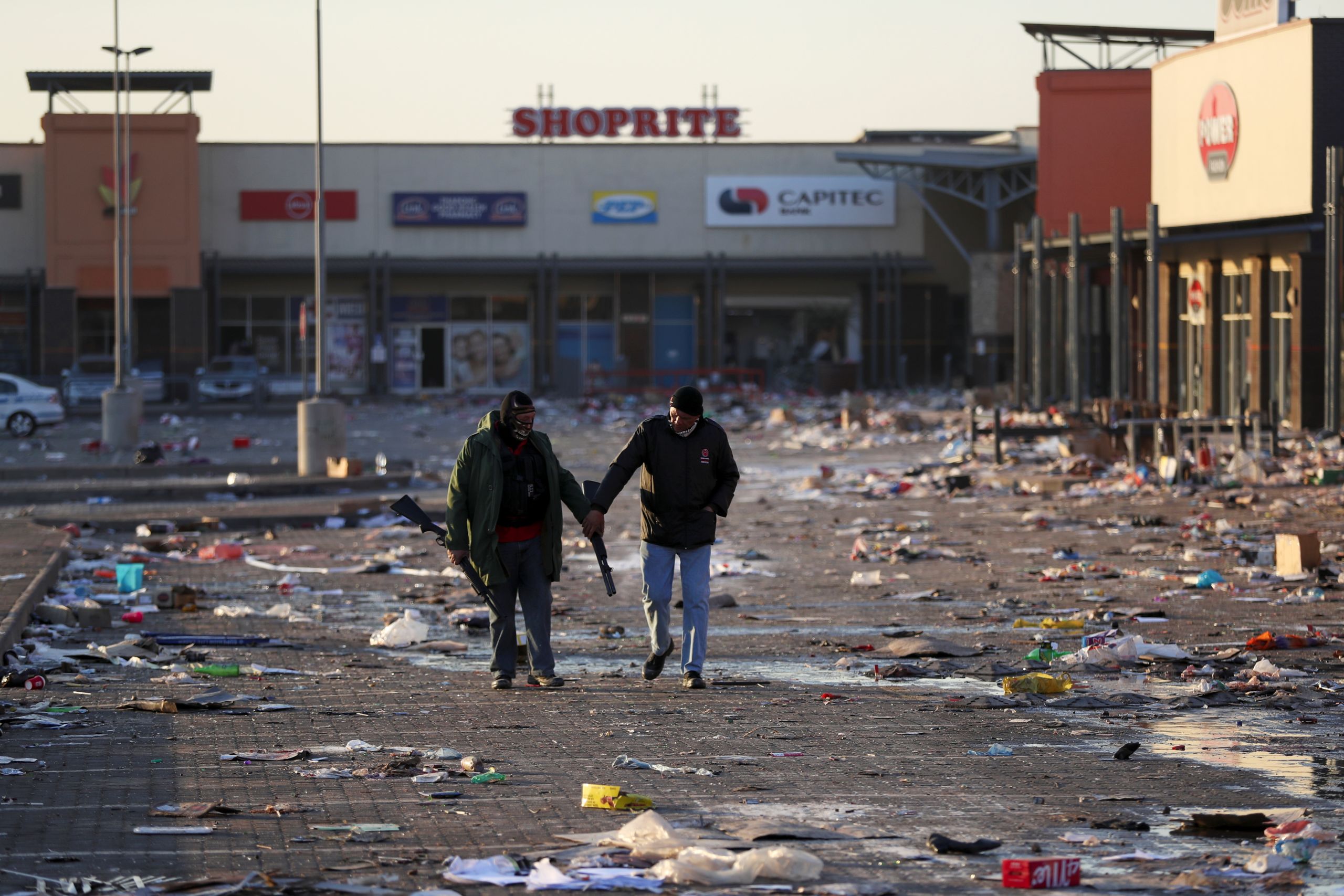
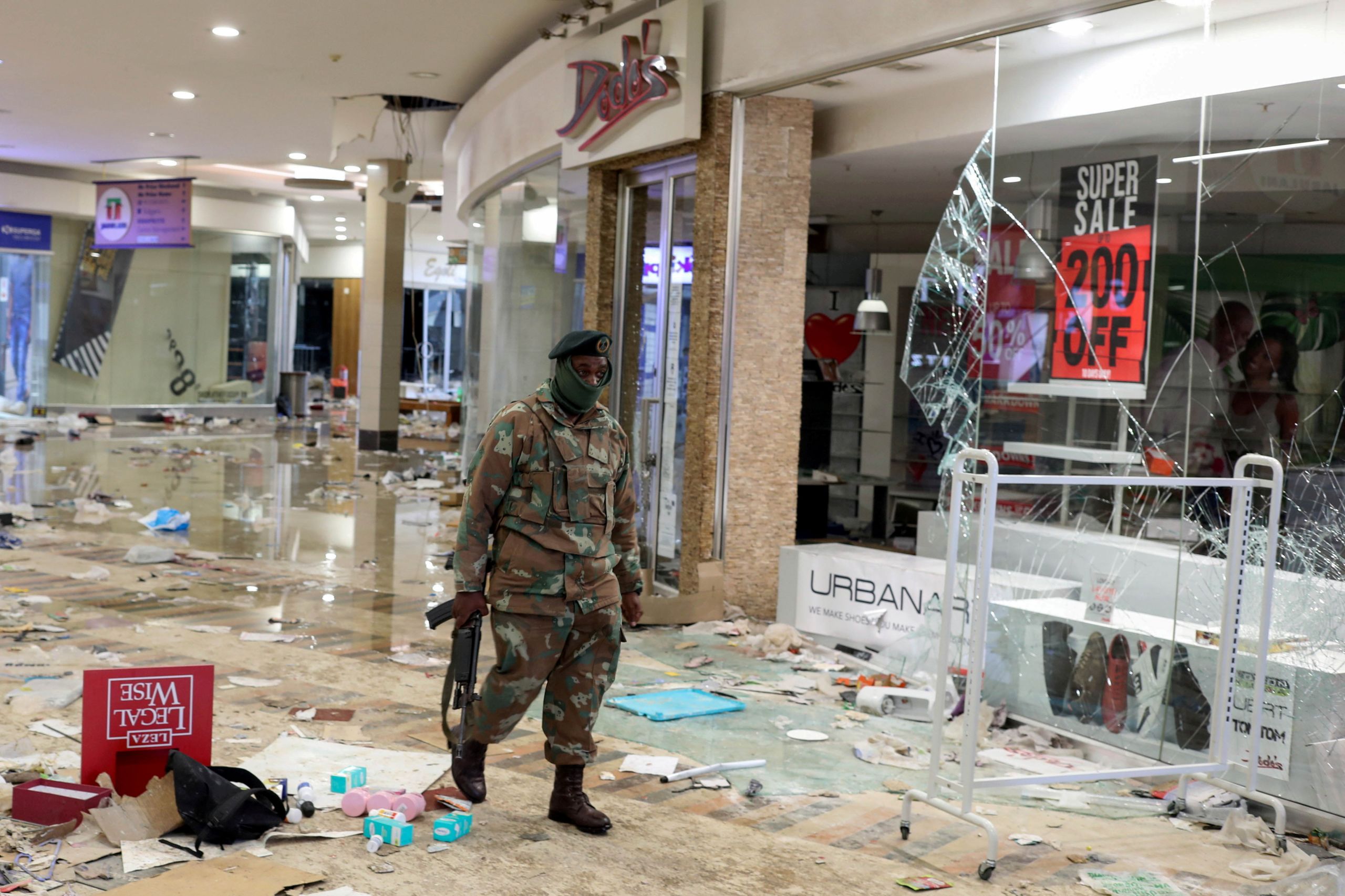
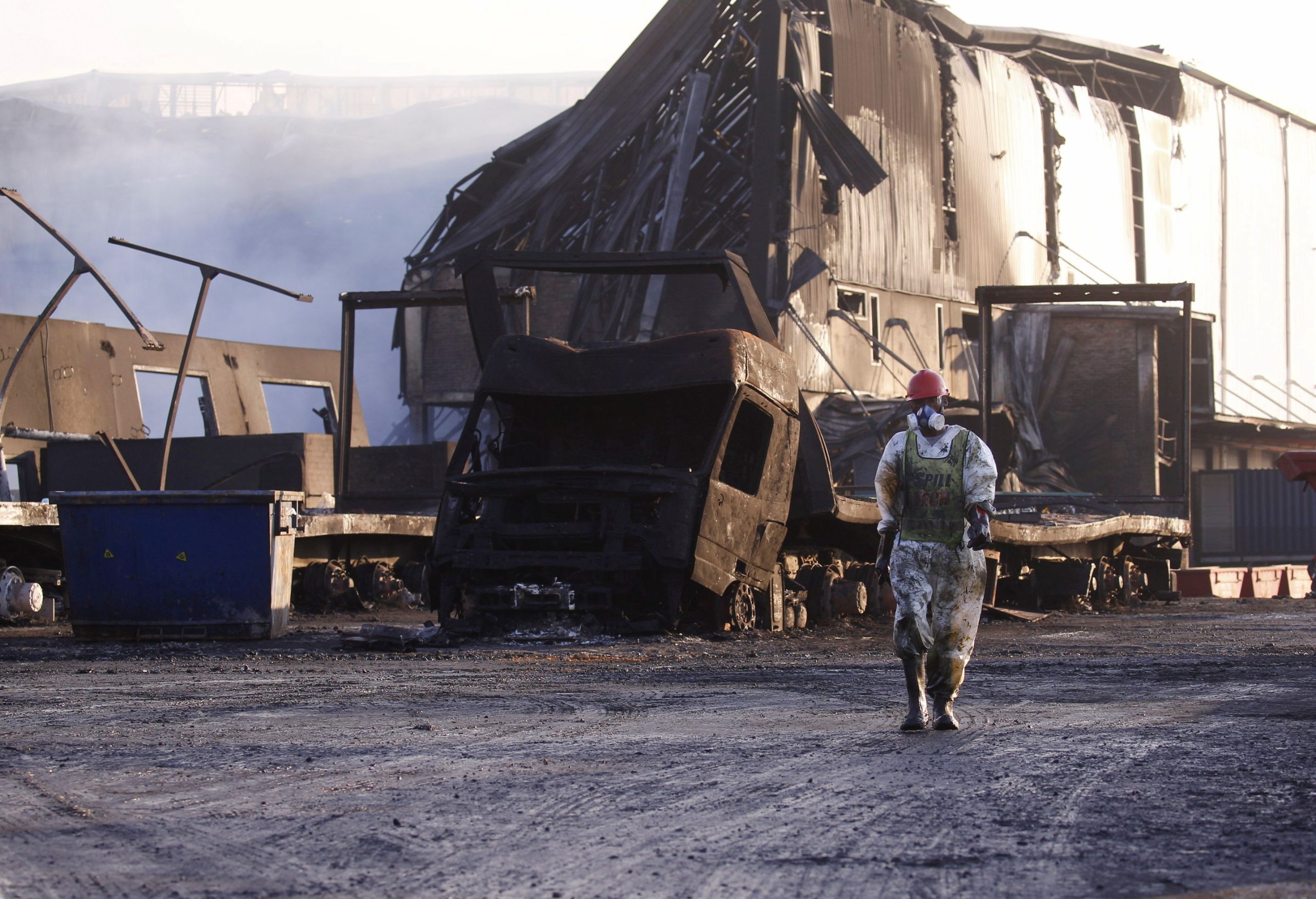
Counting the Costs
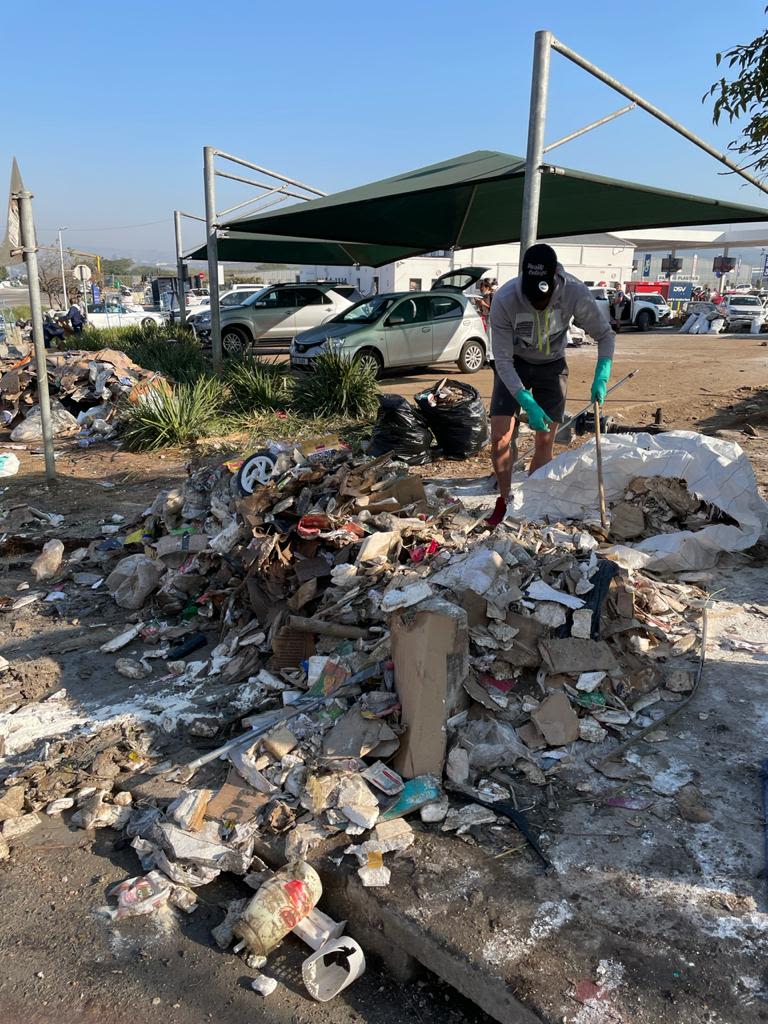
With boots on the ground, the streets were slowly taken back and ordinary South Africans began to make their way onto the streets to pick up the pieces.
The days of looting and rioting had left the city of Durban, and many areas in Gauteng, resemble a war zone with smoke filling the air and debris scattered across the streets.
Shops began to reopen, but due to the damage caused to major trade routes barely any stock remained on shelves and queues that went for miles became the norm for s loaf of bread.
Medicines and petrol were hard to come by with only a few stations open for people to barely fill their tanks, and medicines needing to be flown in from other parts of the country by private pilots.
As the province began to add up the costs of damage the true scale became clear.
Over 50,000 informal traders had their stores looted or damaged, 161 malls were damaged, 1,400 ATMs were destroyed and looted and 3,000 stores, 11 warehouses, 8 factories, and 161 liquor outlets and distributors were damaged or destroyed in the riots.
Over 1 million rounds of ammunition were looted from the Durban harbour and while a few thousand have been recovered, it is feared these will be used, and have already been use, against police in the future.
The estimated damage by the looting and destruction will have a R20 billion impact on KwaZulu-Natal’s GDP growth and a cut R50 billion from the country’s GDP growth according to the South African Property Owners Association.
Another cost that was more stark was the loss of life, as more than 300 people were reportedly killed in the riots and over 3000 were arrested.
The government opened an inquiry into how this level of violence was allowed and it became clear that miscommunications between the State Security cluster was a main instigator with the various ministers blaming the other for not acting more swiftly.
As a result in the last few weeks President Cyril Ramaphosa had a cabinet reshuffle and removed the ministers who had failed and brought the control of the security cluster under the police’s control.
[GROUP PHOTO]: President @CyrilRamaphosa, Acting Chief Justice Raymond Zondo and the newly sworn-in Ministers and Deputy Ministers pose for a group photo after the swearing in ceremony which took place earlier today at the Union Buildings in Tshwane pic.twitter.com/zGIShOTGST
— Presidency | South Africa 🇿🇦 (@PresidencyZA) August 6, 2021
The question remained however, as to how protests over Zuma’s arrest lead to the country nearing a civil war.
"The thought of it all happening can only provide imagery of absolute mayhem and chaos fueled by adrenaline."
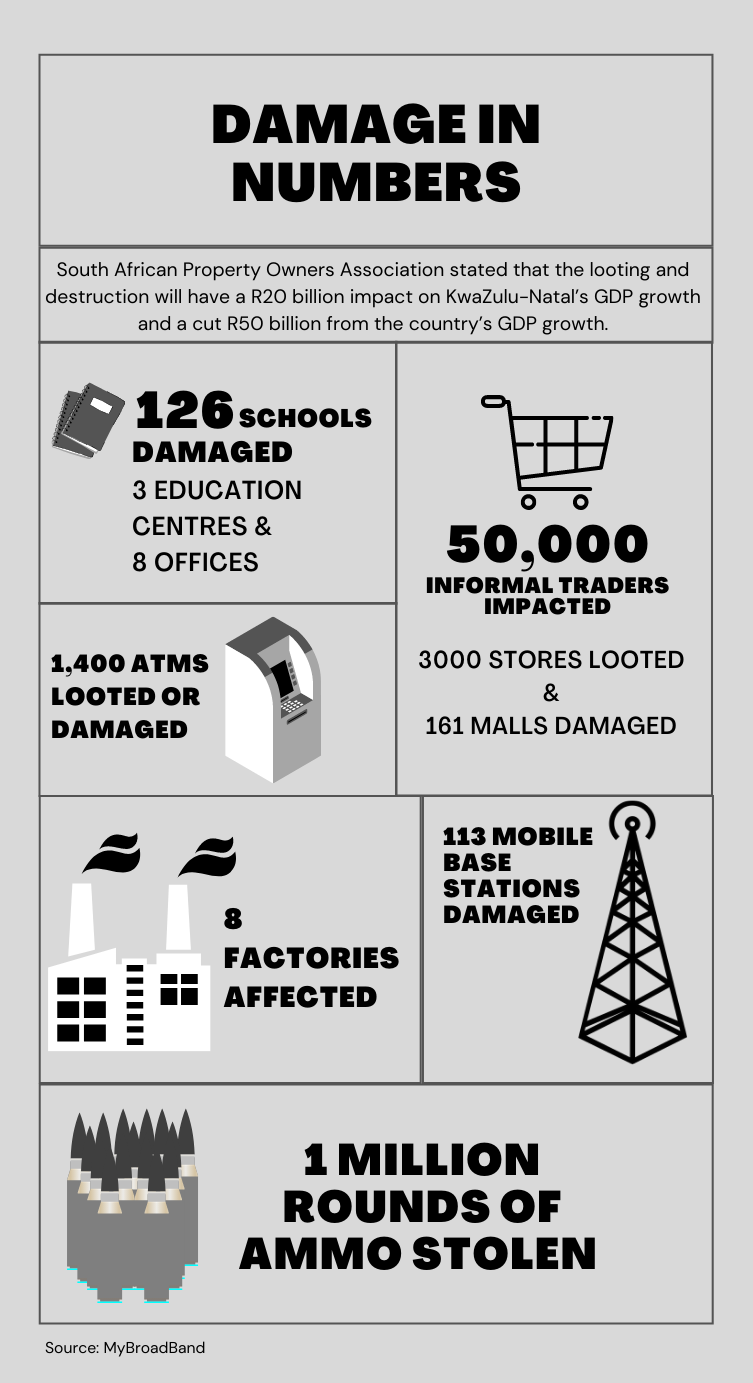
Truth Revealed
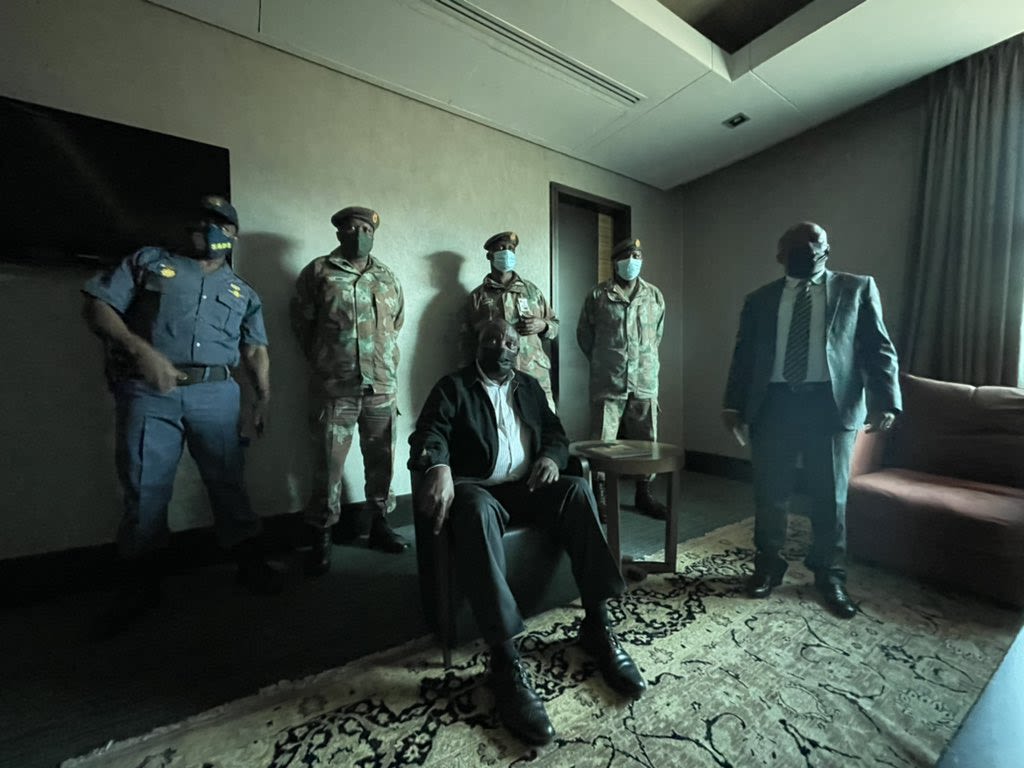
Investigations carried out over the weeks following revealed an orchestrated attempt by ex-senior officials loyal to Zuma to destabilise the country and cause the widespread violence to erupt into the neighbouring provinces.
The government revealed that major state owned assets had been targeted with the protests used as a smokescreen.
Power stations, mobile towers, trading ports, police stations, political party buildings and military bases were all believed to have been targeted but had been thwarted by quick action by the security cluster.
So far 11 people have been identified and arrested as being responsible for instigating the violence but have yet to be tried or sentenced.
Among them is former radio personality Ngizwe Mchunu, who handed himself over to police on Monday after he had been vocal in calling on Zuma’s supporters to take to the streets in protest against the jailing of Zuma, along with a network of social media influencers and minor media personalities in KwaZulu-Natal.
Acting minister in the presidency Khumbudzo Ntshavheni said: “These are not demonstrations, this is economic sabotage. We have said there are perpetrators behind this and police are investigating the instigators.
“We cannot comment on the reasons behind the instigators, where the sources are and what their modus operandi is because that will jeopardise successful arrests.”
Regardless of whether this was orchestrated madness or out of control chaos, one thing was clear, food insecurity, poverty and unemployment all played major factors in why people took to the streets to steal.
The effects of years of mismanagement and corruption have left the country with a clear class divide and with the pandemic adding further implications the eruption of violence on 9 July was a pot ready to boil over in the making.
It will be seen what happens next as Zuma continues to fight for his release and his supporters rally for more bouts of protests and violence and with the missing ammunition on the streets police and soldiers are gearing up for more battles for the future of South Africa’s democracy.
